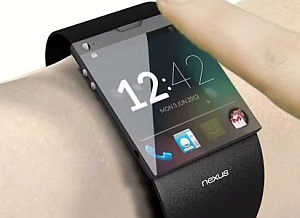I found this great article at the Time Magazine website about the future of wearable devices. This is really interesting to me as I am not just a fitness guy but also a tech guy.
The writer of this article on Time has first hand experience as he already went through health issues that this kind of new technology will me a great help for
 Every once in a while, I’m shown a tech product and I can’t figure out why it was created. One great example of this was a two-handed mouse I was shown at large R&D-based company many years ago.
Every once in a while, I’m shown a tech product and I can’t figure out why it was created. One great example of this was a two-handed mouse I was shown at large R&D-based company many years ago.
I was asked to review it to see if they should bring it to market. After trying to use it and viewing the complicated things you had to do to make it work, I told them it would never succeed. However, the engineer behind it was convinced he had created the next great mouse and was determined to try and get it to market.
Thankfully, the management at this company killed it, as it would have been a complete failure and provided no real value to any customer. However, the technology was available to create it and this engineer did it because he could.
In the world of tech, most successful products address serious needs that people have. This is very much the case behind the current movement to create all types of wearable devices designed to make people healthier.
Folks behind products like the Jawbone Up, Nike Fuel, Fitbit and others have solid backgrounds in exercise and exercise science. They wanted to create stylish wearable products that could be used to monitor steps, count calories and track various other fitness metrics.
At a personal level, I’m pleased that these folks are utilizing key technologies like accelerometers, sensors, Bluetooth low-energy radios and new types of semiconductors to create products that aim to impact people’s health. Readers of this column may remember that two years ago I suffered a heart attack and had a triple bypass.
As you can imagine, this provided a serious wake up call to me about taking better care of myself. Since then, my Nike Fuelband has been my 24-hour wearable companion: I check its step-monitoring readout religiously to make sure I get the 10,000 steps in each day that my doctor has required of me as part of my recovery regimen.
Read the rest of this article on the Time Magazine website




